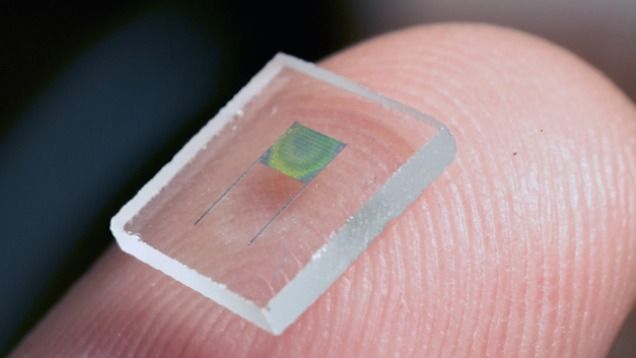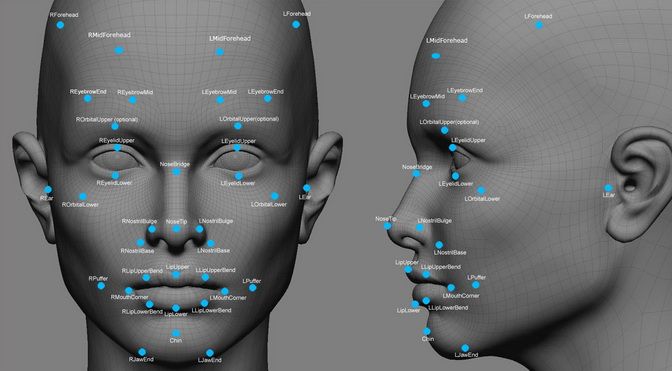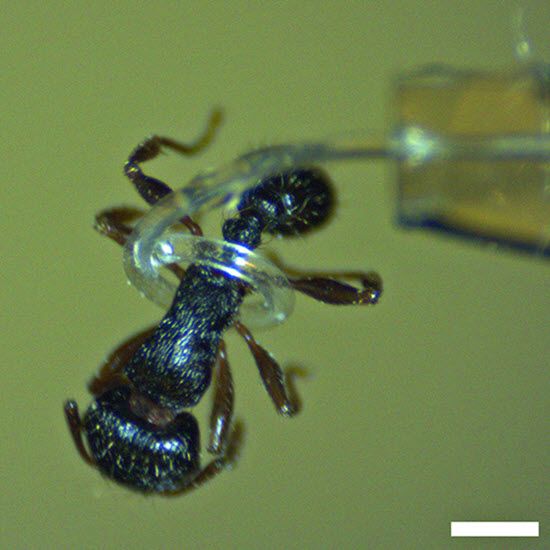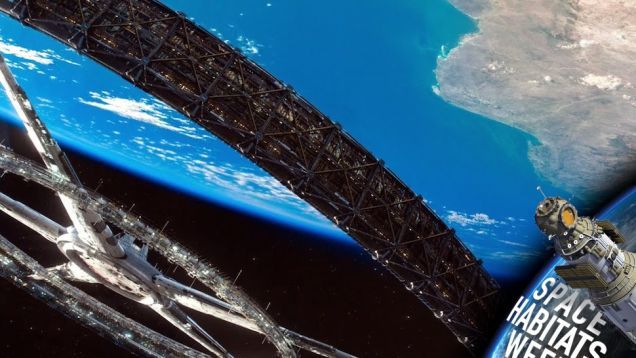This is a rewritten story I’m publishing for the first time on The Huffington Post. It’s part of my goal to get other communities involved with supporting transhumanism:


This is a rewritten story I’m publishing for the first time on The Huffington Post. It’s part of my goal to get other communities involved with supporting transhumanism:

The Pentagon is working on technology that will allow it to engineer a new organism within a day of it being found in the wild.



We are quickly approaching the point at which medical (and industrial) nanotech lives up to the hype!

My new story for Vice Motherboard on how in the near future we will edit our realities to suit our tastes and desires:
Humanity’s future in space very much in the planning stages. Will we float among the stars in crazy spaceships? Will we set up small camps that sprawl into townships that grow into cities, or is an orbital mothership more human friendly? The question is, could any of these really be possible? Or do they deserve to be forever enshrined as sci-fi fever dreams?
I am currently in Europe, talking about humanity’s future via science, technology, and design. Onward transhumanist vision!


The US has a plan for Americans to live in space. In 2012, the National Research Council was commissioned by Congress to roadmap the future of human space exploration. Last June, the team published its findings in a massive report, which called for several action steps to be taken immediately. One year later, are we on track?